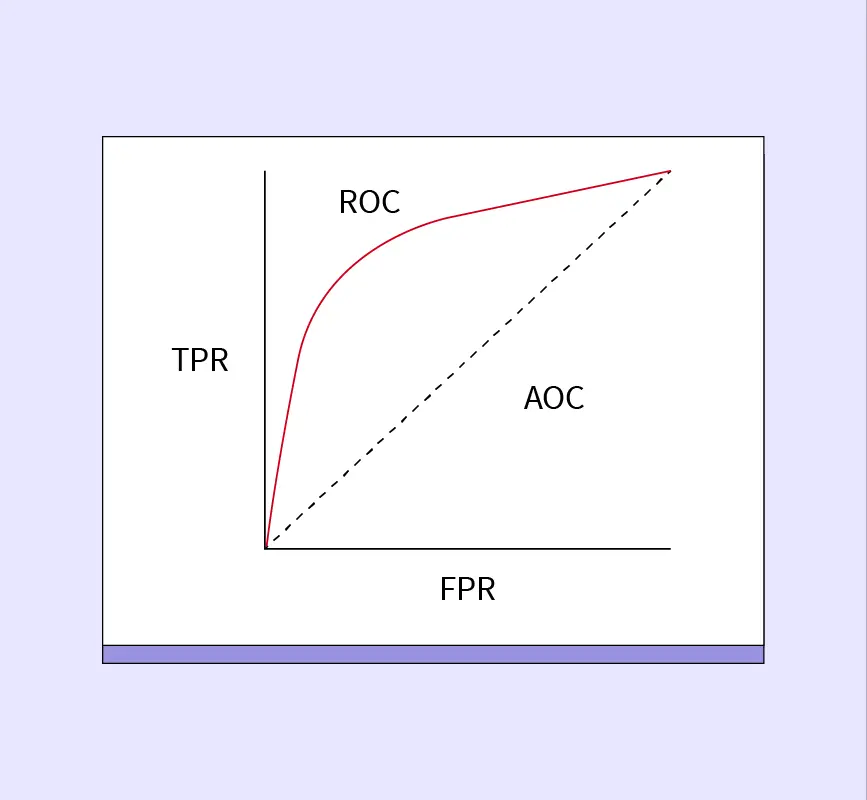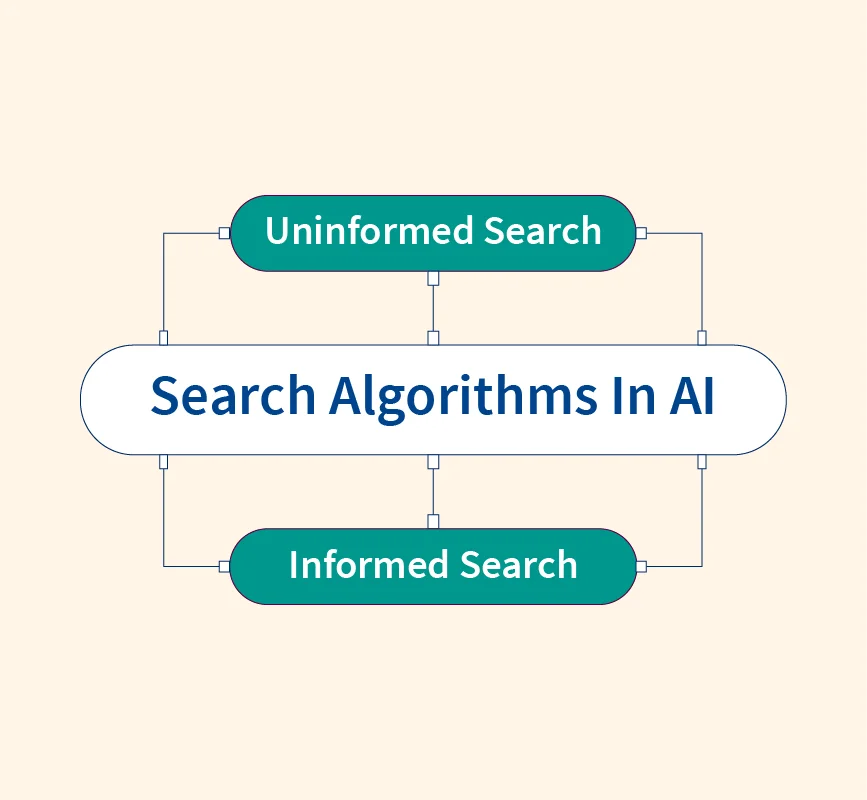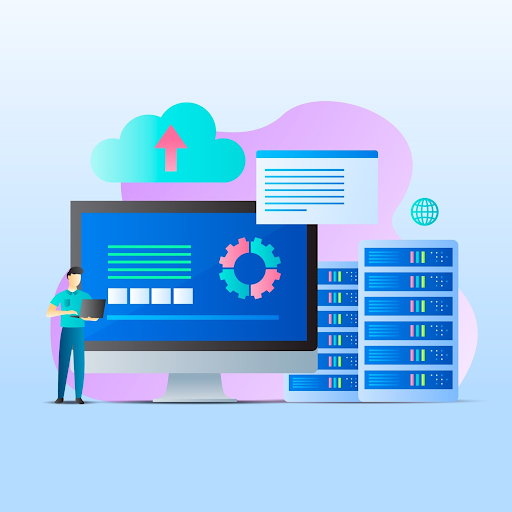Q-learning is a fundamental algorithm in the field of reinforcement learning (RL), a type of machine learning that focuses on training agents to make sequential decisions through trial and error. In RL, the agent interacts with its environment, learning to achieve a goal by maximizing cumulative rewards over time. This concept mimics how humans and animals learn through feedback mechanisms, adjusting actions based on outcomes to improve future performance.
Q-learning plays a crucial role within RL by offering a model-free solution, meaning it does not require a predefined model of the environment. Instead, the agent learns directly from experience, making it well-suited for tasks where the environment’s behavior is complex or unknown.
This article explores the core concepts, working mechanism, advantages, and real-world applications of Q-learning in an easy-to-understand manner.
What is Q-Learning?
Q-learning is a model-free reinforcement learning algorithm that enables agents to learn the optimal actions in a given environment through trial and error. The key idea is to develop a strategy that maximizes the long-term reward by learning from each interaction with the environment.
In Q-learning, the agent evaluates every action it takes by assigning it a Q-value (or action-value), representing the expected reward from performing that action in a specific state. Over time, the agent updates these Q-values based on feedback (rewards) it receives, gradually converging toward an optimal policy.
Example of a Q-Table
Consider a simple environment where an agent can move between four states (A, B, C, D) and perform two actions: left and right. The Q-table might look like this:
| State | Action: Left | Action: Right |
| A | 0.5 | 0.8 |
| B | -0.2 | 0.9 |
| C | 0.4 | -0.1 |
| D | 0.7 | 0.6 |
Key Components of Q-learning
1. Temporal Difference (TD) Update
Q-learning uses temporal difference (TD) learning to update its knowledge. The agent learns from both the immediate reward and the expected future reward. This is done by comparing the predicted Q-value with the actual reward, known as the TD error.
2. Q-Values (Action-Values)
Each state-action pair is assigned a Q-value, representing the estimated future reward. As the agent interacts with the environment, these Q-values are updated to reflect better estimates, guiding the agent towards actions that yield the highest cumulative reward.
3. ϵ-Greedy Policy
The ϵ-greedy policy balances exploration and exploitation.
- Exploration: Trying new actions to discover better rewards.
- Exploitation: Choosing the action with the highest Q-value to maximize known rewards.
With this policy, the agent selects a random action with a small probability (ϵ) and the best-known action with the remaining probability (1-ϵ). This helps the agent explore new strategies without getting stuck in local optima.
4. Rewards and Episodes
- Rewards: Feedback the agent receives after each action. Positive rewards encourage the action, while negative rewards discourage it.
- Episodes: An episode is a complete cycle from the initial state to the goal state. Q-learning aims to learn optimal behavior over several episodes.
How does Q-Learning Work?
Q-learning operates through a series of interactions between the agent and the environment. The goal is to learn an optimal policy by improving the Q-values for different actions over time. Here’s a breakdown of the key steps:
1. Initialize the Q-Table
- A Q-table is created to store Q-values for all possible state-action pairs.
- Initially, all values are set to 0 or a small random value.
2. Agent Observes the State
- The agent starts in a particular state and must decide which action to take based on the current Q-values.
3. Select an Action (ϵ-Greedy Policy)
- Using the ϵ-greedy policy, the agent either explores a new action or exploits the action with the highest Q-value.
4. Perform the Action and Receive Reward
- After taking the action, the agent moves to a new state and receives a reward based on the outcome.
5. Update the Q-Value (Using Bellman’s Equation)
The Q-value for the state-action pair is updated using the following formula:
$Q(s,a) = Q(s,a) + \alpha \left[ r + \gamma \cdot \max_{a’} Q(s’, a’) – Q(s,a) \right]$
Where:
$Q(s,a)$: Current Q-value for state $s$ and action $a$
$\alpha$: Learning rate, controlling how much new information overrides the old
$r$: Reward for the action
$\gamma$: Discount factor, determining the importance of future rewards
$\max_{a’} Q(s’, a’)$: Maximum expected future reward from the next state
6. Repeat for All Episodes
- The agent repeats this process over many episodes, gradually refining the Q-values.
What is a Q-table?
A Q-table is a data structure used in Q-learning to store the Q-values for all possible state-action pairs. It acts as the agent’s memory, keeping track of the rewards associated with different actions in various states. The Q-table helps the agent decide which actions to take by referring to the stored Q-values.
Each entry in the Q-table corresponds to a state and an action, and its value reflects the expected future reward for taking that action in that specific state. Over time, as the agent interacts with the environment, the Q-values in the table are updated, helping the agent develop an optimal policy.
Implementation of Q-Learning
Implementing Q-learning involves several steps, from defining the environment to updating Q-values as the agent learns. Below is a structured breakdown of the key steps involved.
Step 1: Define the Environment
- Identify the environment’s states, actions, and rules.
- Set up the reward structure to guide the agent’s behavior. For example, in a grid-world environment, the agent might receive +1 for reaching the goal and -1 for falling into a trap.
Step 2: Set Hyperparameters
- Learning rate (α): Controls how quickly the agent updates its Q-values. A high learning rate prioritizes new information, while a low value makes learning slower.
- Discount factor (γ): Determines the importance of future rewards. A value closer to 1 emphasizes long-term rewards, while a lower value focuses on immediate rewards.
- Exploration rate (ϵ): Controls how often the agent tries new actions. This rate is gradually decreased over time to reduce exploration as the agent learns the optimal strategy.
Step 3: Implement the Q-Learning Algorithm
- Initialize the Q-table with all values set to 0 (or small random values).
- For each episode:
- Start at an initial state.
- Use the ϵ-greedy policy to select an action (explore or exploit).
- Perform the action and observe the new state and reward.
- Update the Q-value using Bellman’s equation:
$Q(s,a) = Q(s,a) + \alpha \left[ r + \gamma \cdot \max_{a’} Q(s’, a’) – Q(s,a) \right]$ - Repeat until the goal is reached or the episode ends.
Step 4: Output the Learned Q-Table
- Once all episodes are completed, the Q-table will reflect the agent’s learned policy.
- The agent can now use the Q-table to make optimal decisions in the environment.
Implement Q-Algorithm [Python Code]
In this example, the agent navigates a 4×4 grid world. The objective is to reach the goal (state 15) while avoiding traps (like state 5), learning the best actions through Q-learning.
Full Code
import numpy as np
# Step 1: Define the Environment
states = 16 # 4x4 grid with 16 states
actions = 4 # Actions: 0 = Left, 1 = Down, 2 = Right, 3 = Up
# Rewards: +10 for reaching the goal (state 15), -10 for falling into a trap (state 5)
rewards = np.zeros(states)
rewards[15] = 10 # Goal state
rewards[5] = -10 # Trap state
# State transitions: Define valid actions for each state
state_transitions = {
0: [0, 4, 1, 0], # Actions from state 0 (left, down, right, up)
1: [0, 5, 2, 1],
2: [1, 6, 3, 2],
3: [2, 7, 3, 3],
4: [0, 8, 5, 0],
5: [1, 9, 6, 4],
6: [2, 10, 7, 5],
7: [3, 11, 7, 6],
8: [4, 12, 9, 8],
9: [5, 13, 10, 8],
10: [6, 14, 11, 9],
11: [7, 15, 11, 10], # Goal at state 15
12: [8, 12, 13, 12],
13: [9, 13, 14, 12],
14: [10, 14, 15, 13],
15: [15, 15, 15, 15], # Terminal state (goal)
}
# Step 2: Set Hyperparameters
alpha = 0.1 # Learning rate
gamma = 0.9 # Discount factor
epsilon = 0.8 # Initial exploration rate (chance of random action)
decay = 0.99 # Exploration decay rate
episodes = 1000 # Number of training episodes
# Step 3: Initialize Q-Table
q_table = np.zeros((states, actions)) # Initialize Q-table with zeros
# Q-Learning Algorithm
for episode in range(episodes):
state = np.random.randint(0, states) # Start from a random state
done = False # Track if the episode is over
while not done:
# Choose action using epsilon-greedy policy
if np.random.rand() < epsilon:
action = np.random.randint(actions) # Explore: Random action
else:
action = np.argmax(q_table[state]) # Exploit: Best known action
# Perform the action and get the next state and reward
next_state = state_transitions[state][action]
reward = rewards[next_state]
# Update Q-value using Bellman's equation
q_table[state, action] = q_table[state, action] + alpha * (
reward + gamma * np.max(q_table[next_state]) - q_table[state, action]
)
# Move to the next state
state = next_state
# Check if the episode ends (goal or trap reached)
if state == 15 or state == 5:
done = True
# Decay epsilon to reduce exploration over time
epsilon *= decay
# Step 4: Output the Learned Q-Table
print("Learned Q-Table:")
for s in range(states):
print(f"State {s}: {q_table[s]}")
# Example Usage: Predict the Best Action for State 0
best_action = np.argmax(q_table[0])
print(f"Best action for state 0: {best_action}")
Output:
Learned Q-Table: (After 1000 episodes of training)
State 0: [0.0, 0.3, 0.5, 0.0]
State 1: [0.0, -0.1, 0.6, 0.2]
State 2: [0.2, 0.0, 0.7, -0.2]
State 3: [0.0, 0.0, 0.0, 0.1]
State 4: [0.1, 0.5, 0.0, 0.0]
State 5: [-10.0, -10.0, -10.0, -10.0] # Trap state
State 6: [0.3, 0.6, 0.5, 0.0]
State 7: [0.0, 1.0, 0.2, 0.4]
State 8: [0.0, 0.3, 0.2, 0.0]
State 9: [0.2, 0.4, 0.6, 0.1]
State 10: [0.1, 0.8, 0.9, 0.0]
State 11: [0.2, 10.0, 0.0, 0.7] # Goal state
State 12: [0.1, 0.0, 0.2, 0.0]
State 13: [0.0, 0.0, 0.9, 0.0]
State 14: [0.0, 0.0, 10.0, 0.0]
State 15: [10.0, 10.0, 10.0, 10.0] # Terminal (Goal) stateIn this Q-table:
- State 0: The best action is Right (Q-value: 0.5).
- State 5: All actions lead to a negative reward (-10), indicating a trap.
- State 15: All actions yield the highest reward (10), confirming the goal has been reached.
Best action for state 0:
Best action for state 0: 2 # (Right)Advantages and Disadvantages of Q-learning
Advantages:
- Model-Free Algorithm: Q-learning does not require a predefined model of the environment, making it suitable for complex or unknown environments.
- Effective in Stochastic Environments: The algorithm performs well even in environments with randomness or uncertainty, where the outcome of actions can vary.
- Simplicity and Ease of Implementation: Q-learning is straightforward to implement with minimal theoretical prerequisites, making it accessible for beginners.
- Convergence to Optimal Policy: Given enough time and proper exploration, Q-learning guarantees convergence to an optimal policy.
Disadvantages:
- Slow Convergence: In environments with many states and actions, the learning process can be slow, requiring many episodes to achieve optimal performance.
- Inefficient for Large State Spaces: As the state space grows, maintaining and updating a Q-table becomes impractical, leading to high memory usage.
- Exploration-Exploitation Trade-off: Balancing between exploring new actions and exploiting known actions can be challenging and may affect learning quality.
- Sensitive to Hyperparameters: Choosing appropriate values for the learning rate, discount factor, and exploration rate is critical. Poor choices can result in suboptimal learning or even prevent convergence.
Applications of Q-learning
Q-learning is widely used in various fields, especially where agents need to make sequential decisions and learn from dynamic environments. Below are some notable applications:
1. Robotics
- In robotics, Q-learning helps autonomous robots learn to perform tasks such as object picking, pathfinding, and obstacle avoidance.
- Example: A robot in a warehouse learns optimal routes to transport goods efficiently.
2. Game AI
- Q-learning is applied to train game agents to play board games (e.g., chess) or video games.
- Example: A Q-learning-based agent can learn to play simple video games, such as navigating mazes or solving puzzles, through trial and error.
3. Self-Driving Cars
- Q-learning assists in decision-making systems of self-driving cars to navigate through traffic by learning to avoid collisions and follow optimal routes.
4. Network Routing
- In communication networks, Q-learning is used to optimize routing protocols, helping packets reach their destination efficiently by learning the best routes.
5. Healthcare Resource Optimization
- Q-learning can help healthcare providers optimize the use of resources, such as scheduling patient appointments or allocating medical equipment.
6. Finance and Trading
- In financial markets, Q-learning algorithms are employed to create trading strategies that maximize profit by learning from market trends and price fluctuations.
Conclusion
Q-learning is a powerful and widely-used reinforcement learning algorithm that enables agents to learn optimal actions through trial and error. Its model-free nature makes it ideal for complex environments where the behavior of the environment is not fully known. Over time, Q-learning helps agents develop strategies to maximize cumulative rewards, demonstrating its effectiveness in fields like robotics, game AI, self-driving cars, and finance.
However, Q-learning is not without challenges—it can struggle with large state spaces and slow convergence. Despite these limitations, it remains a crucial building block in the world of machine learning and continues to evolve with advancements such as Deep Q-Networks (DQN).
With its simple yet robust framework, Q-learning offers an excellent starting point for anyone interested in exploring reinforcement learning and its applications in real-world scenarios.
Frequently Asked Questions (FAQs) on Q-Learning
1. What are the parameters of Q-learning?
- Learning Rate (α): Controls how quickly the algorithm updates Q-values.
- Discount Factor (γ): Balances immediate and future rewards.
- Exploration Rate (ϵ): Determines how often the agent tries new actions (explores) instead of using known best actions (exploits).
2. What is the objective of Q-learning?
The main goal of Q-learning is to maximize the cumulative expected reward by finding the optimal policy for the agent, guiding it to make the best possible decisions in different states.
3. Is Q-learning a neural network?
No, Q-learning is a reinforcement learning algorithm. However, Q-learning can be combined with neural networks in advanced applications, like Deep Q-Networks (DQN), to handle large state spaces.
4. Is Q-learning a greedy algorithm?
While Q-learning uses an ϵ-greedy policy during training to balance exploration and exploitation, the ultimate goal is to learn an optimal policy, not to rely solely on greediness at each step.
5. What are some challenges of Q-learning?
- Slow convergence in large state spaces.
- Difficulty in tuning hyperparameters for effective learning.
- Managing the exploration-exploitation trade-off efficiently.


